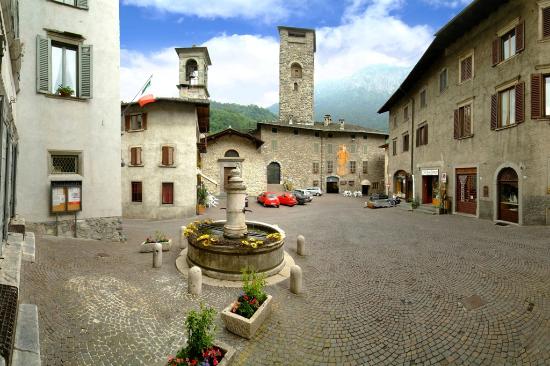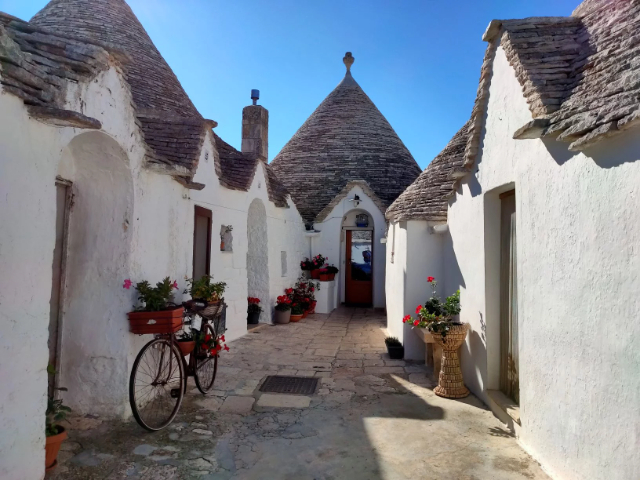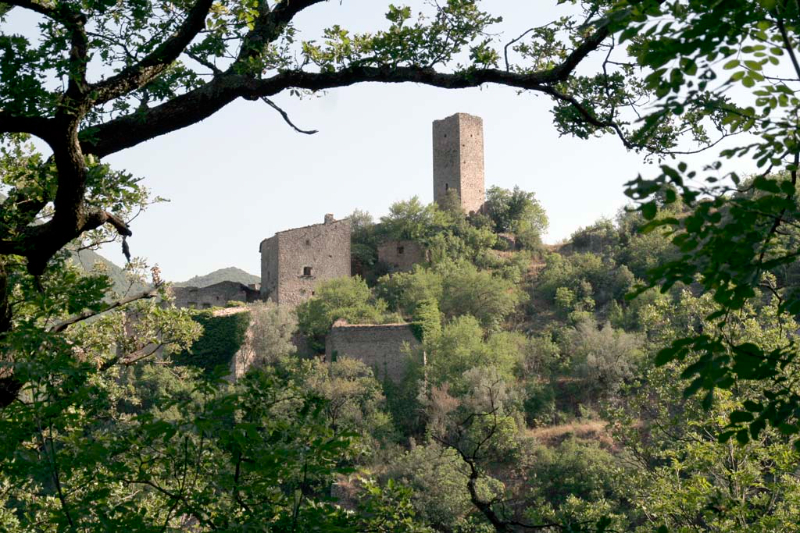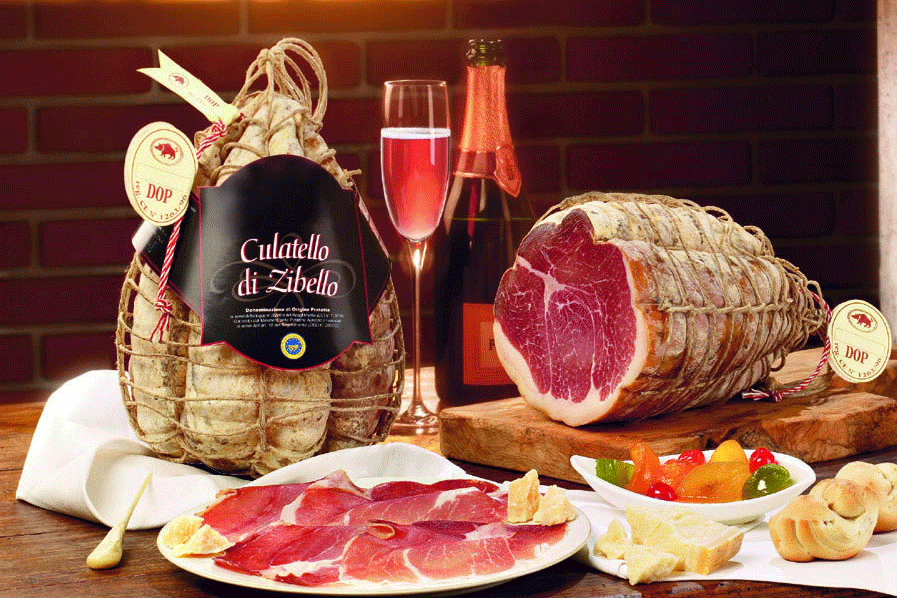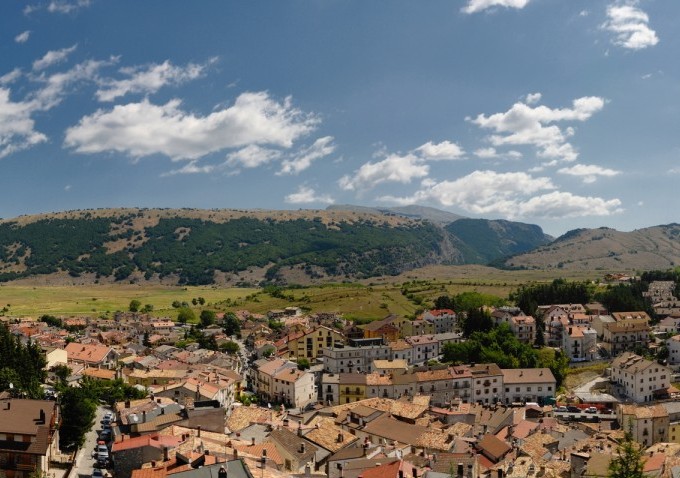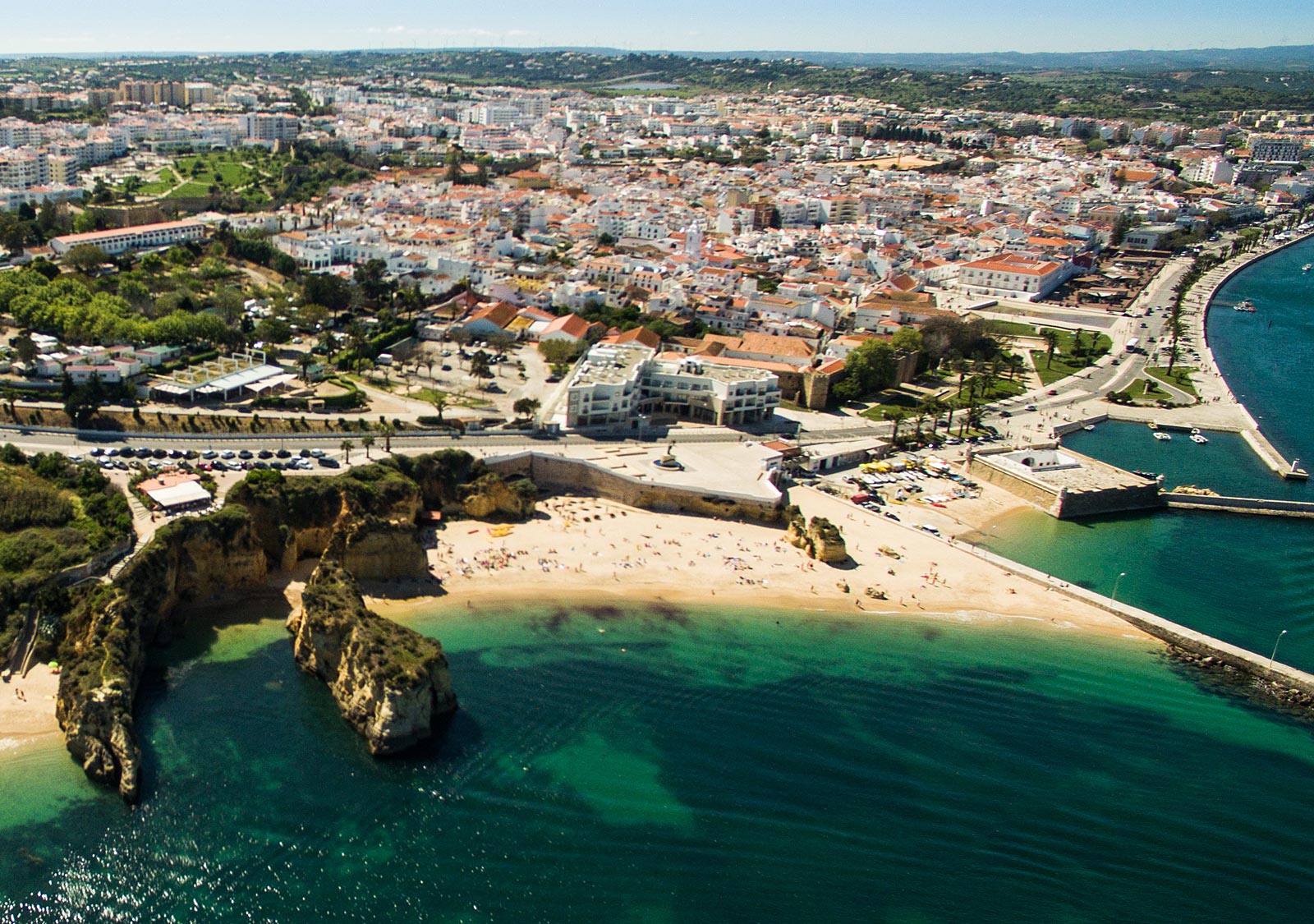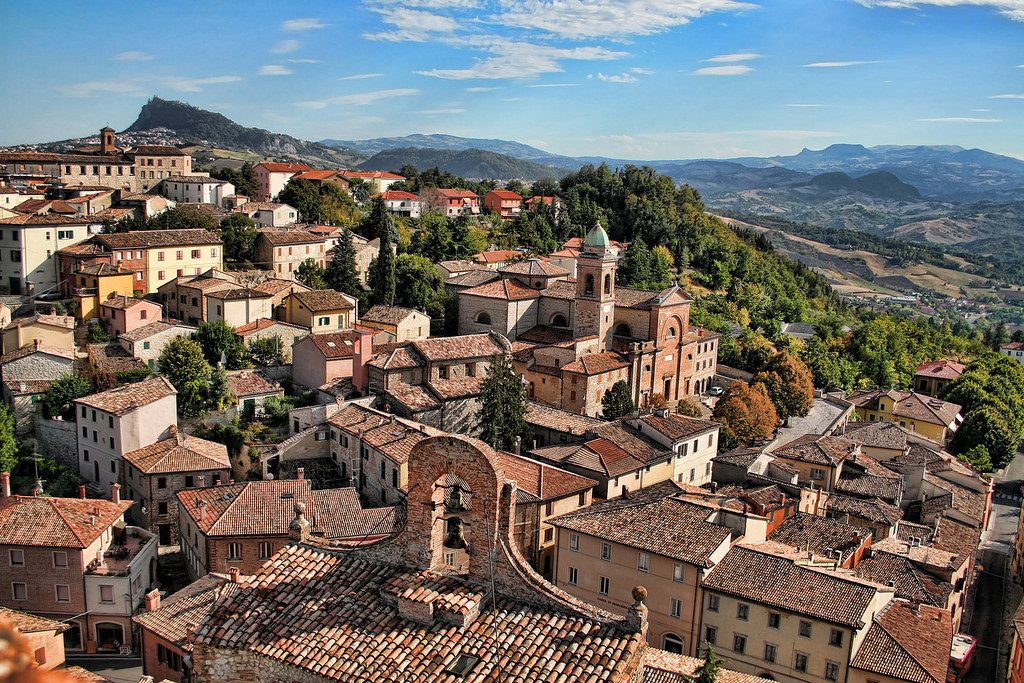The toponym is very diffused in bergamasca and appears in numerous variants (Gromo, Grumello del Monte, Gromello de Zanchi, Grumalto, Gromlongo etc). Oliviero made it simply derive from "Grom" (grumo-mucchio, in the translate meaning of hillock-high ground). In ancient times the center was occupied by the Romans, who held the military garrisons, probably activating the local iron mines. In 1226, in the name of the Emperor Federico II, nephew of Barbarossa, was granted the territory of the High Valley in feud to the family Licini and was erected the Castle of Gromo. In this period the industry of iron and silver extraction developed more and more. From 1428 to 1797 Gromo, following the fate of Bergamo, was annexed to the Republic of Venice. In the workshops of Gromo, in this period was flourishing the activity of production of white weapons, swords and retorts, daggers and daggers, spikes and halberds that were exported all over Europe. On November 2, 1666, an avalanche of mud, stones and timber fell from the area of Novazza, greatly reducing the flourishing industry. It was then that Venice exempted Gromo from any tax giving it the right to call itself a city and gave it a coat of arms depicting a swan with a snake in its beak, surmounted by the ducal crown. Between 1700 and 1830 still prospered the iron industry, in the remaining workshops along the Serio river; this activity was completely extinguished with the end of 800. To the beginnings of 1900 the small mills, the hammers, the sawmills, saw to diminish their use for various causes, between these the diminution of the water quantity in the two principal rivers: the Serio and the Goglio. Fortunately, the particular location of the country, in an area difficult to access for defense reasons, has kept at a distance from the old core new buildings. So we have received one
one of the most beautiful and unaltered examples of fortified mountain village.
Places of interest:
1)Communal Palace (1456)
2)Ginami Castle (1246)
3)Gananderio Tower
4)Church of San Giacomo
5)Church of the Crocetta
6)Church of San Gregorio
7)Church of S.S. Trinità
8)San Bartolomeo Church
9)Naturalistic Ecomuseum
10)MAP – Museum of the white weapons and of the parchments
11) Weapons Hall
